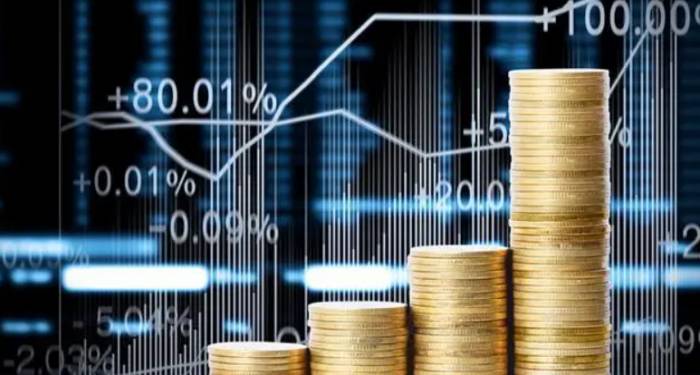Today, the A-share market fluctuated and rose in the early trading session, with the Shanghai Composite Index closing at a new high for the year. At the same time, major indices such as the ChiNext Index, the Science and Technology Innovation Board 50, and the CSI 300 also welcomed gains of more than 1%.
In terms of industry sectors, lithium battery, photovoltaic, high-voltage fast charging, and energy storage sectors have seen significant gains, leading the market. On the other hand, ST stocks, public transportation, and liquor-making sectors have experienced slight adjustments. Seeing this situation, I immediately added a small position to the consumer industry index fund. The main holdings of the consumer industry index fund I added are primarily focused on liquor, with a small allocation to home appliances and automobiles.
Advertisement
In terms of capital flows, the northbound funds once again showed a strong interest in A-shares, with a net purchase of more than 10.1 billion yuan in a single day. We can also see that the vast majority of sectors have risen, indicating that the market is still in a state of net capital inflow today. I believe that if the A-share market can maintain this state for three months, it will be enough to stimulate a mid-term trend. The profit effect itself will attract more funds to join the market, further forming a positive feedback.
What the market really lacks is not capital, but confidence. When the market forms a long-term profit effect, some of the funds in bank deposits and bond funds will be sucked into the stock market, which will make the stock market trend higher and higher.
To promote the high-quality development of the lithium-ion battery industry, the Ministry of Industry and Information Technology's Electronics Department has revised the relevant industry norms and management methods, and is openly soliciting opinions. This news is seen as a positive for the market, and the lithium battery sector index opened high and went higher, with a gain close to 3%.
In fact, this is not news. Several months ago, the management department required the lithium battery industry not to blindly expand in low quality, but to upgrade products. Today's surge in the lithium battery board is not so much stimulated by the news as it is by the inflow of new market funds into the new energy sector or an increase in positions in new energy.
For example, the photovoltaic sector also rose strongly today. The photovoltaic sector is obviously an oversold variety, and such oversold sectors are most likely to attract the attention of new market funds. In addition, the real estate sector also rose again today, and real estate has been oversold for a long time. All signs indicate that the recent A-share market has been continuously inflow of new market funds, making the A-shares easy to rise and difficult to fall.

Yesterday, I added a small position to four funds: photovoltaic, animal husbandry, innovative drugs, and the Beizheng 50. This addition can only be said to be correct in the long-term investment direction. How the short-term market will perform can only be seen step by step. However, the principle of buying more when the short-term market falls is not wrong. If the market falls next month, I will continue to add positions.
Friends who have been following my articles will find that I have been adding positions in the past two years, because the market has basically been in a low position in the past two years. I think that around 3000 points is an investment opportunity, so I have always been in a state of adding, adding, and adding below 3100 points. I basically haven't sold, and the few times I sold were also from this account and then immediately bought back in another account.I believe in the saying, "Don't buy stocks in a bear market, and don't work hard in a bull market for nothing." When the market is at a low point, if you don't fully load your position, do you want to wait until the market rises above 4,000 points to chase the high prices? How do people become 'leeks'? It's because they resolutely do not buy at the low point of the market, and only rush to chase the high prices when the market rises to a high point, resulting in being trapped at the high point of the market for several years, and finally can't hold on and cut their positions to get out, becoming the so-called 'leeks'.
(Note: The term "韭菜" or "leek" is a colloquial term in Chinese finance, often used to describe inexperienced investors who are often 'chopped' or suffer losses in the market.)
Comment